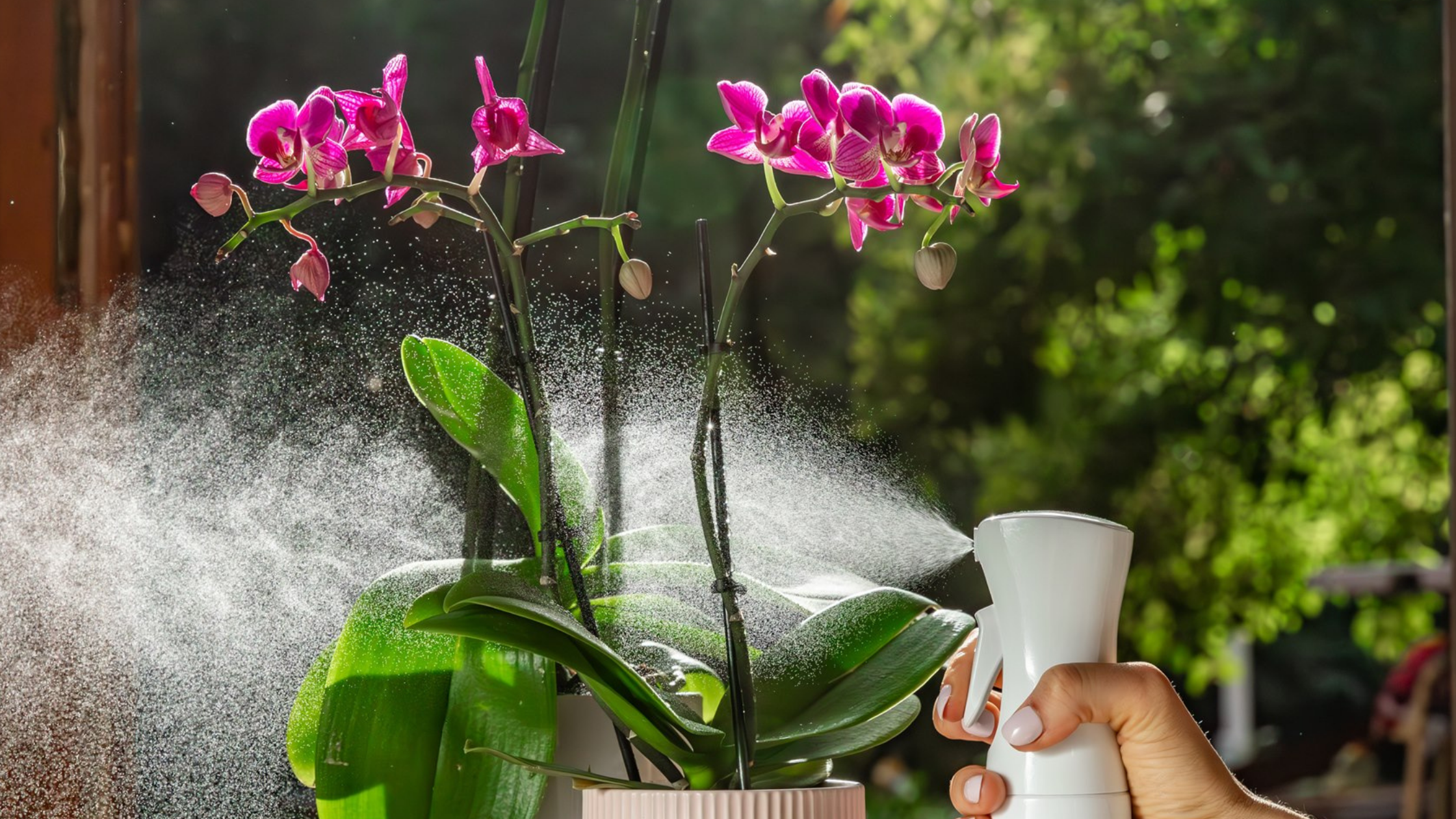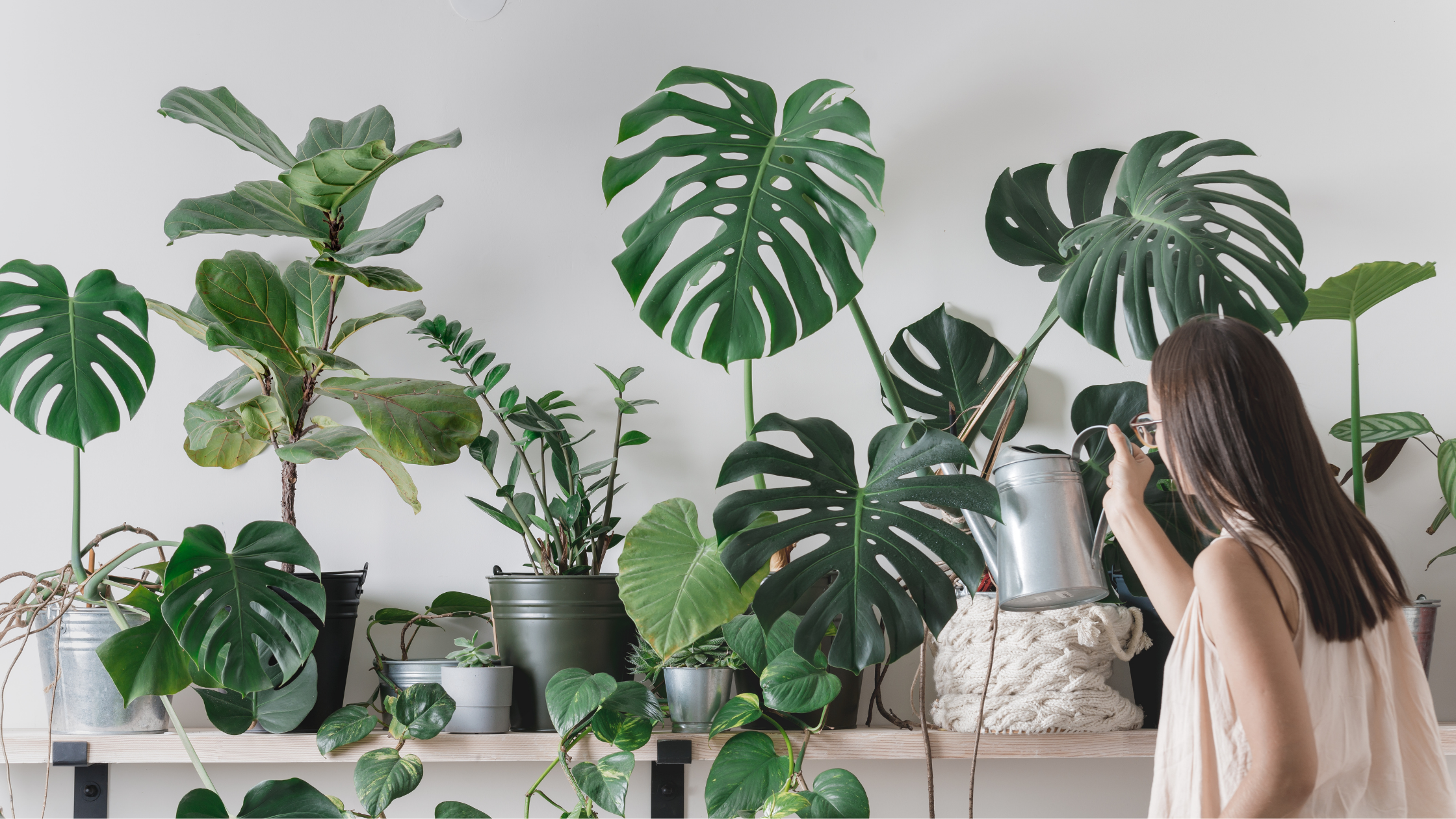
Foliar Fertilizers: What Are They and Do Houseplants Love Them?
If you’re following fellow houseplant lovers online, you've probably seen folks raving about foliar fertilizers - spray-on nutrients that feed your plants through their leaves. It sounds almost too good to be true, right? Skip the roots entirely and just mist your way to lush, healthy foliage?
The truth is a bit more nuanced. Foliar feeding absolutely works, but it’s not a miracle cure-all. Let's dig into what foliar fertilizers actually do, which plants benefit most, and whether they deserve a spot in your plant care routine.
Table of Contents
- What Is Foliar Fertilizer?
- How Does Foliar Feeding Work? The Science Behind Leaf Absorption
- Benefits of Foliar Fertilizers for Houseplants (and Their Limitations)
- Which Houseplants Benefit Most from Foliar Feeding?
- Foliar Fertilizer vs. Soil Fertilizer: Comparison
- How to Use Foliar Fertilizer on Houseplants: Step-by-Step Guide
- Combining Foliar Feeding with Soil Fertilization
- Quick Takeaways
What Is Foliar Fertilizer?
The concept is straightforward: instead of adding nutrients to the soil, you spray a diluted liquid fertilizer directly onto plant leaves. The idea is that plants can absorb these nutrients through tiny pores (stomata) and leaf tissue, giving them a quick nutritional boost without involving the root system at all.
It's essentially the difference between eating a meal and getting an IV drip. One is your plant's usual way of getting nutrition, the other is a more direct delivery method.
How Does Foliar Feeding Work? The Science Behind Leaf Absorption
Plants mainly feed through their roots, but their leaves can also absorb dissolved nutrients in two ways:
-
Stomata - These microscopic pores handle gas exchange and can also absorb nutrients when open, usually in the early morning or evening.
-
Leaf cuticle - The waxy layer covering leaves also allows some nutrients through. Because nutrients enter directly through leaf tissue, foliar feeding delivers results in hours instead of days.
Benefits of Foliar Fertilizers for Houseplants (and Their Limitations)
Where Foliar Feeding Shines
- Quick fixes for deficiencies - Fast relief for yellowing leaves, stunted growth, or poor color
- Bypasses root issues - Ideal for plants recovering from root rot or propagation
- Humidity boost - Regular misting adds beneficial moisture for tropical species
- Essential for epiphytes - Air plants, orchids, and some ferns rely on foliar absorption as their primary feeding method
The Limitations of Foliar Fertilizers
- Not a replacement for soil feeding - It’s a supplement, not a substitute
- Risk of leaf burn - Always follow dilution instructions
- Doesn’t feed soil microbes - Soil health still matters for long-term vitality
 Which Houseplants Benefit Most from Foliar Feeding?
Which Houseplants Benefit Most from Foliar Feeding?
Not all houseplants respond equally to foliar feeding. Here's who benefits most:
Tropical foliage plants with large leaf surfaces (Pothos, Philodendrons, Monsteras, and more) can absorb nutrients effectively through their leaves and appreciate the humidity boost.
Humidity-loving plants like Calatheas, Alocasias, and Prayer Plants benefit both from the nutrients and the moisture in the air.
Ferns naturally absorb moisture through their fronds and respond well to regular misting with diluted fertilizer.
Air plants (Tillandsia) have no functional root system. They absorb 100% of their water and nutrients through specialized leaf structures. For them, foliar feeding isn't optional—it's everything.
Orchids are epiphytes with exposed roots and leaves designed to capture moisture and nutrients from rain and air. They thrive with regular foliar feeding, especially when you match the formula to their growth stage.
On the flip side, succulents and cacti—plants adapted to dry conditions—don't particularly benefit from foliar feeding and may actually be more prone to rot if you're constantly misting them.
Foliar Fertilizer vs. Soil Fertilizer: Comparison
Understanding when to use each method helps you make better decisions for your plants. For most houseplants, the best approach combines both methods strategically.

How to Use Foliar Fertilizer on Houseplants
Choose the Right Product
You can dilute a regular fertilizer to one-quarter strength, but ready-to-use sprays eliminate guesswork and reduce the risk of leaf burn. These are some of the best foliar fertilizers for houseplants and indoor plants:
- For tropical houseplants and indoor plants - Misty Foliar Spray - a gentle, balanced formula that nourishes while adding humidity.
- For air plants - Air Plant Soak & Spray - formulated for easy weekly feeding through leaf absorption.
-
For orchids - Orchid Grow Spray during active growth, and Orchid Blooming Spray once flower spikes appear.
Apply with Care
- Frequency - Spray weekly for most plants, more often in dry climate
- Time of day - Spray in early morning or evening when light is soft and stomata are open.
- Coverage - Mist both sides of leaves—especially the undersides, where most absorption occurs.
- Technique - Hold the spray 6–12 inches away for an even, fine mist. Leaves should glisten but not drip.
- Avoid - Spraying flowers or applying in direct sunlight
Combining Foliar and Soil Feeding
For best results, combine foliar fertilizer with soil fertilizer for a complete feeding approach.
- Soil foundation: Use Leafy Plant Food as your base fertilizer. It’s enriched with mycorrhizal fungi that strengthen roots and improve nutrient uptake. Apply Leafy every time you water for steady, gentle nutrition.
- Foliar supplement: Use Misty or another plant-specific leaf-feeding fertilizer for micronutrient delivery, quick recovery, or extra humidity.
Think of it this way: soil feeding is your plant’s regular diet; foliar feeding is the vitamin boost.
For epiphytes like air plants and orchids, that equation reverses - foliar feeding is their main meal, and root or soak-feeding serves as support.

Quick Takeaways
- Foliar feeding gives fast results through leaf absorption
- Best for tropical foliage, air plants, and orchids
- Foliar fertilizer works best alongside consistent soil fertilization
For more on building a complete fertilization strategy, check out our Houseplant Fertilizer 101 guide.





Leave a comment
This site is protected by hCaptcha and the hCaptcha Privacy Policy and Terms of Service apply.